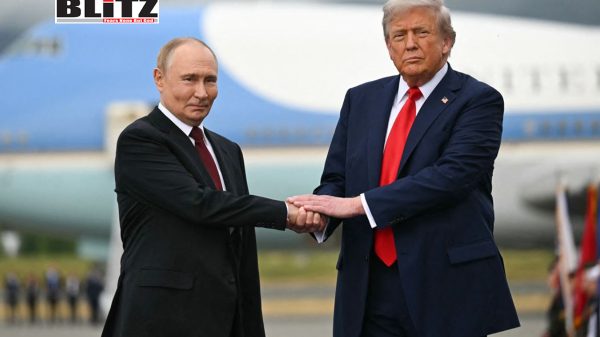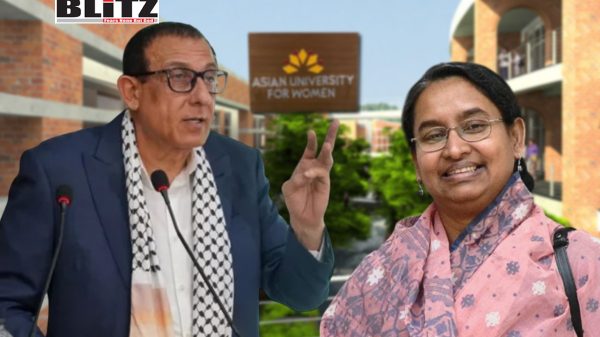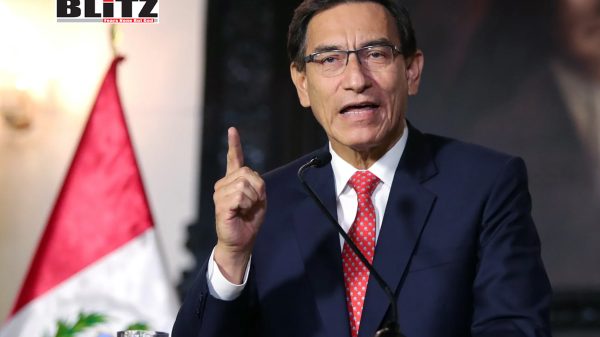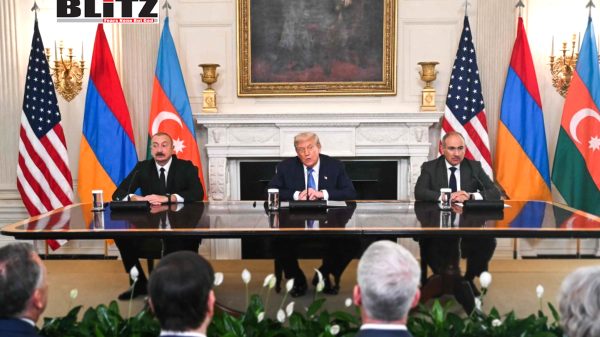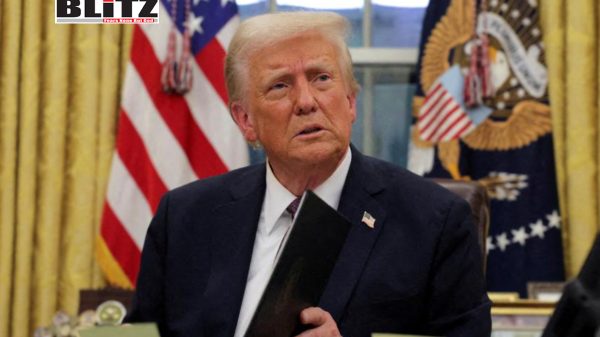Indian farmers boycott US products as Modi pledges to protect their interests
- Update Time : Sunday, August 17, 2025
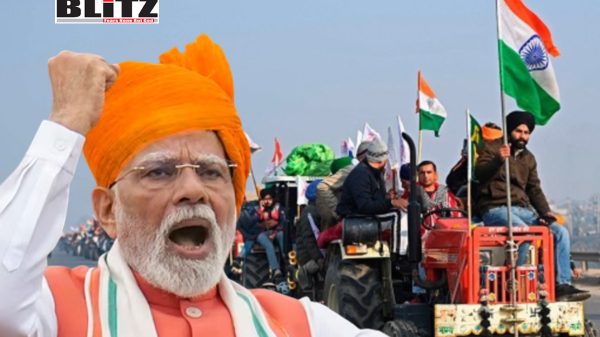
Escalating trade tensions between India and the United States have sparked a new wave of farmer-led protests across India, with agricultural groups calling for a boycott of American products. The confrontation, which follows Washington’s imposition of steep tariffs on Indian goods and its demands for access to India’s tightly protected agricultural and dairy markets, underscores the deep economic and political stakes in what has become a simmering trade dispute between two major democracies.
At the heart of the conflict lies a fundamental clash of priorities. For Washington, opening India’s vast consumer base to American agricultural exports has long been a strategic goal. For New Delhi, however, protecting its farmers-many of whom are smallholders surviving on thin margins-is a political and moral imperative. With nearly 70% of rural households relying on agriculture for their livelihoods, according to the UN Food and Agricultural Organization (FAO), the sector is not just an economic engine but also a foundation of social stability in India.
Protesting farmers have wasted no time in framing the US demands as an assault on India’s food security and rural economy. In Greater Noida, near Delhi, hundreds of farmers organized a tractor rally earlier this week, vowing not to buy American products. Their boycott call targeted symbolic US brands, such as Coca-Cola, with one farmer declaring, “No farmer should buy Coca-Cola. It’s time to start having lemonade and buffalo milk at home.”
The message was clear: Indian farmers see Washington’s push for tariff exemptions on agricultural and dairy goods as a direct threat to their livelihoods. A farmer speaking at the protest warned that the recent tariff hikes would erode profits for Indian producers. “Indian agricultural produce going to the US will fall under the 50% tariff regime. Due to this hike farmers will only get half the profit, and the US will get 50% more from import tax.”
This sense of injustice is widespread. The US first slapped a 25% tariff on Indian imports after trade talks collapsed earlier this month. The Biden administration then doubled down with an additional 25% tariff in retaliation for New Delhi’s continued purchase of Russian oil, raising the total levy on Indian goods to 50%. The second tranche of tariffs is set to take effect on August 27.
Prime Minister Narendra Modi has taken a firm stance, presenting himself as the ultimate protector of Indian farmers. During his Independence Day address at Delhi’s Red Fort, he declared, “I am standing like a wall for our farmers.” He vowed that his government would never compromise on the wellbeing of the country’s farmers, dairy workers, and fishermen, even acknowledging that such a position would come with a “heavy price.”
Modi used the occasion to link agricultural self-reliance with national sovereignty, arguing that dependence on foreign imports undermines India’s freedom. “Self-reliance is not just about exports, imports, the rupee, or the dollar. It is about our capabilities, our strength to stand on our own,” he said, warning that “those who rely too much on others invite a big question mark over their freedom.”
The political symbolism of these remarks was not lost on the public. Modi has long cast himself as a defender of Indian farmers, particularly after the massive protests against his controversial agricultural reform laws in 2020–21. By adopting a defiant tone against Washington, he reinforces his domestic narrative of championing the rural population against external pressure.
The US position has only hardened the standoff. US Treasury Secretary Scott Bessent, speaking on August 12, described India as “a bit recalcitrant” in trade talks-a remark that ignited anger in New Delhi. Shashi Tharoor, a senior Congress Party leader and chair of the Parliamentary Committee on External Affairs, responded sharply. In a post on X (formerly Twitter), he wrote that it was “far better to be recalcitrant than to be tractable, submissive, or acquiescent in injustice.”
For India, the insistence that dairy and agricultural products remain outside the scope of trade liberalization is a “red line,” as Finance Minister Nirmala Sitharaman said earlier this summer. Dairy cooperatives and farmer groups wield significant political influence, and no government can afford to be seen as sacrificing their interests at the altar of global trade.
The current confrontation also has wider strategic implications. The US has sought to deepen ties with India as a counterweight to China in Asia, and Washington often describes New Delhi as a key partner in its “Indo-Pacific strategy.” However, trade frictions threaten to complicate this broader relationship.
India, for its part, has been careful to assert its independence, particularly regarding energy imports from Russia. The decision to continue purchasing Russian oil despite Western sanctions was a bold demonstration of sovereignty. Washington’s punitive tariffs, justified on that basis, have only reinforced perceptions in India that the US is attempting to strong-arm its partners into alignment with American policy.
The boycott campaign launched by Indian farmers may only be symbolic for now-few expect Coca-Cola sales in India to collapse overnight-but its significance lies in the unity it represents. By targeting visible US brands and products, farmers are sending a message that Washington’s demands cannot be met without sparking widespread social unrest.
The Modi government, too, appears ready to ride the wave of popular sentiment. With a US delegation expected in India later this month for another round of trade negotiations, New Delhi will enter the talks from a position of visible domestic resistance. Modi’s promise to “stand like a wall” for farmers ensures that any concession on agricultural trade would be politically explosive.
For Washington, the challenge will be balancing its desire for market access with the reality of India’s domestic constraints. For New Delhi, the test will be whether it can withstand external pressure without sacrificing its broader strategic partnership with the US.
As the deadline for new tariffs looms, the standoff is fast becoming a test case for the future of US-India economic relations. One side seeks greater access and leverage, while the other insists on sovereignty and protection for its most vulnerable citizens. What is clear is that the farmers, who form the backbone of India’s economy, are unlikely to back down-and their voice is already shaping the terms of the debate.



